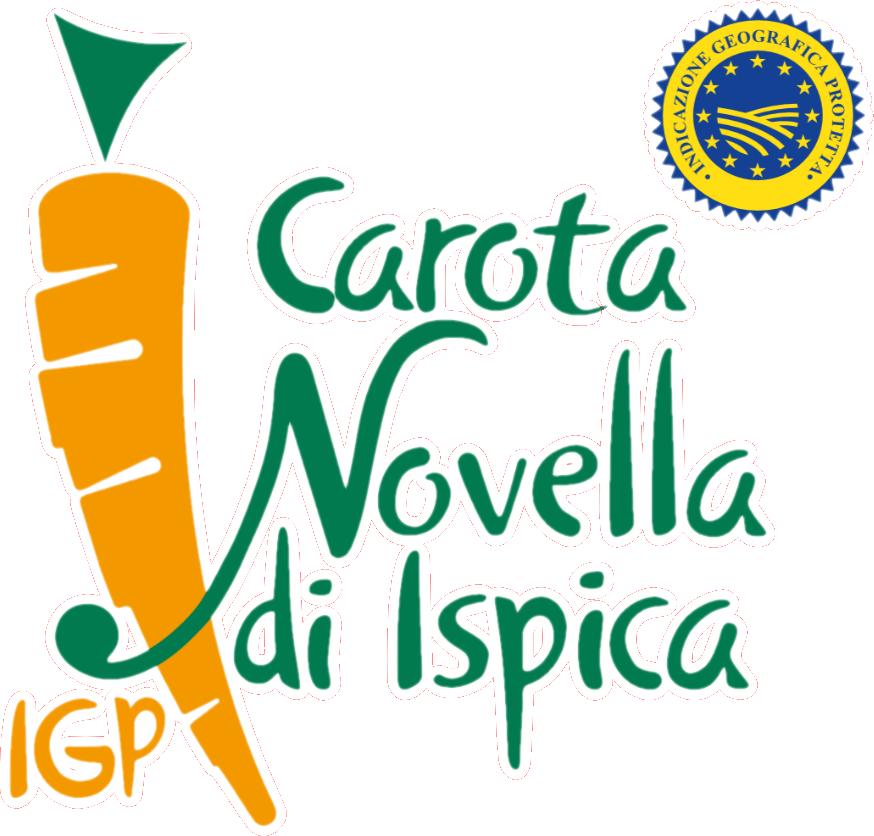Territory..
Welcome to Ispica
“Around the 1980s, the period of maximum production of“ Carota Novella di Ispica ”, the area of the area reached 3500-4000 ha with productions ranging from 1,500,000 to 2,000,000 quintals of carrots. In recent years the surfaces have reduced, remaining in the area around 1300-1500 ha with productions that on average in good years are around 650,000-750,000 quintals. ISTAT data are very variable, as regards production, in relation to to the climatic trend. The production of the delimited area represents about 90% of the production of Sicily. The companies that have joined together to protect and enhance the production of the "Carrot Novella di Ispica" represent, in terms of surfaces, production and marketing, 55-60% of the operators who live in the area, constituting the representative part of the producers of the "Carrot Novella di Ispica" of the delimited territory. Today it is cultivated in about 1500 hectares, for a total production that exceeds 75,000 tons. As regards the cultivation of carrot, the cultivated areas are 12,664 hectares in Italy, of which 3,390 in Sicily, equal to 26.8% of the total. collected quantities (587,319 tons in Italy, of which 128,585 in Sicily, equal to 21.9%), and an export figure equal to 1.2% of national production is recorded, while the share of imported product is growing: over 9,400 ton. In this context, the "Novella di Ispica" carrot plays a potential key role as it represents the first quality carrot to enter the market at the moment of the highest level of import. in the 1950s, its cultivation gradually expanded, also thanks to the great commercial success found on national and foreign markets, mainly due to the unique characteristics, such as early ripening, crunchiness, aroma, color and flavor, as well as rich in carotene and glucose. Italy's import-export trade shows an increase in carrot exports compared to imports, which remain substantially stable. In Sicily the primacy of carrot production belongs to the province of Ragusa, which alone represents 59% (80,000 tons - Istat data) of regional production, followed by the province of Syracuse with 32% (44,200 tons, Istat data). production, as already mentioned, is characterized by its production cycle and its quality.
A generous territory and a mild climate: these are the secrets of
New Carrot of Ispica Igp
Places of great charm and strong appeal in which to range from monumental beauties, such as those of Modica, Ragusa, Scicli, Noto or Caltagirone, to those marked by cultivated fields, such as in Chiaramonte Gulfi, Pachino or Vittoria, to arrive at suggestive framed locations from the sea such as Porto Palo di Capo Passero or Ispica. All united by the same characteristics of the climate and soils, so as to become a privileged place for the cultivation of various valuable products. Among these is fully inserted the Carrot Novella di Ispica Igp, whose history is closely linked with that of the agricultural and popular tradition of the places where it is grown. 1955 article of the agronomist Giuseppe Di Pietro, published in the history and culture magazine of Ispica "Hyspicae Fundus". Since those years, its cultivation has progressively expanded from the Ispica area to include all the current territories, whose points of strength are undoubtedly the characteristics of the terrain and the climate. Ispica, together with Pachino and Pozzallo, is, in fact, among the sunniest cities in Italy and, not surprisingly, all three municipalities are among those in which the new carrot is grown. The intense orange color, the strong aroma and the crunchiness are in fact all distinctive traits linked to the presence of the sun, as well as to the characteristics of the land.Tasting the New Carrot, therefore, becomes an opportunity to get to know a territory that preserves some of the most imported monuments of the Sicilian Baroque, which have become Unesco heritage, but also a moment to admire the liberty style of some buildings, the ancient atmospheres of archaeological sites of great value or rare natural contexts that are still uncontaminated.




